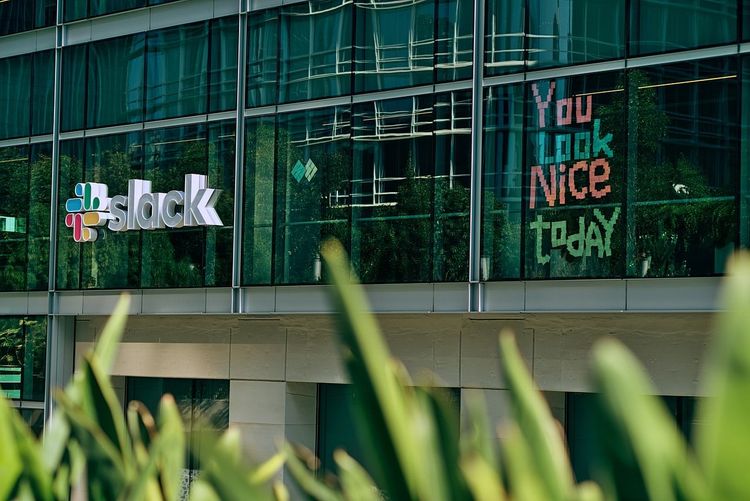The Race for High-Quality, AI-Generated Videos Intensifies
On Monday, Runway, a leader in generative AI tools for filmmakers and image creators, announced the launch of Gen-3 Alpha. This advanced AI model is capable of producing video clips based on text descriptions and still images. Runway claims this model boasts significant improvements in both generation speed and visual fidelity compared to its predecessor, Gen-2. Additionally, Gen-3 Alpha offers enhanced control over video structure, style, and motion.
Gen-3 will soon be accessible to Runway subscribers, including enterprise clients and participants in the creative partners program. “Gen-3 Alpha excels at creating expressive human characters with diverse actions, gestures, and emotions,” Runway shared in a blog post. “It is designed to understand various styles and cinematic language, enabling imaginative transitions and precise key-framing within scenes.”
While Gen-3 Alpha displays impressive capabilities, it has limitations, such as a maximum footage length of 10 seconds. Co-founder Anastasis Germanidis emphasized that Gen-3 is the first of various next-gen video models built on an upgraded infrastructure. “The model can struggle with intricate character and object interactions, and not every generation adheres strictly to the laws of physics,” Germanidis explained in an interview. “This initial rollout allows for high-resolution 5- and 10-second generation times that are noticeably quicker than Gen-2—45 seconds for a 5-second clip and 90 seconds for a 10-second clip.”
Training for Gen-3 Alpha involved a vast array of videos and images to help the model “learn” and replicate patterns. When asked about the sources of its training data, Runway remained tight-lipped. Many generative AI developers choose to keep their data sources confidential, viewing them as competitive advantages.
“We maintain an in-house research team that supervises all our training, utilizing curated internal datasets," Germanidis confirmed, providing limited information beyond that.
There's also concern regarding potential intellectual property issues if the model was trained on publicly available data, an issue already encountering challenges in court. Legal cases are emerging that dispute the claim that generative AI's use of artistic styles falls under fair use, while allowing users to create new works that mimic original artists without compensation.
Runway has acknowledged copyright considerations, stating that they have consulted with artists during the development process—though details about these artists remain unclear. This aligns with Germanidis’ insights: “We are collaborating closely with artists to identify optimal strategies for addressing these concerns. We are exploring data partnerships to further develop the next generation of models.”
Furthermore, Runway plans to introduce Gen-3 with enhanced safeguards, including a moderation system designed to prevent the generation of videos using copyrighted images or content violating Runway’s terms of service. A provenance system, compatible with the C2PA standard supported by Microsoft, Adobe, and OpenAI, will certify the origin of videos produced by Gen-3.
“Our advanced in-house moderation system employs automatic oversight mechanisms to filter out inappropriate or harmful content,” Germanidis stated. “C2PA authentication will validate the origin and authenticity of media created using all Gen-3 models. As our models evolve to produce higher-quality content, we will keep investing significantly in safety and alignment efforts.”
In addition, Runway has partnered with leading entertainment and media organizations to develop custom versions of Gen-3. These collaborations aim to create more stylistically controlled and visually consistent characters, focusing on specific artistic and narrative requirements. This ensures that characters, backgrounds, and elements maintain coherence across different scenes.
A pervasive challenge in video-generation remains control—ensuring the model consistently aligns with a creator’s artistic vision. As noted by my colleague Devin Coldewey, straightforward decisions in traditional filmmaking, like a character's clothing color, can be complicated with generative models, as each shot operates independently. This often results in excessive manual work for editors.
Having secured over $236.5 million in funding from notable investors, including Google and Nvidia, Runway is deeply intertwined with the creative industry as it advances its generative AI technology. The company runs Runway Studios, a division that serves as a production partner for enterprises, and hosts the AI Film Festival, pioneering an event dedicated to films produced wholly or partially through AI.
However, competition is growing.
Last week, generative AI startup Luma introduced Dream Machine, a viral video generator known for its meme-animation capabilities. Additionally, Adobe has disclosed its own video-generating model, developed using content from Adobe Stock.
On another front, OpenAI’s Sora remains in limited access, yet it has already made inroads with marketing agencies and film directors, including participation in high-profile events like the 2024 Cannes Film Festival. This year’s Tribeca Festival also showcased short films created using Sora, thanks to a partnership with Runway.
As these advancements unfold, it is increasingly evident that generative AI video tools may dramatically transform the film and television industry.
Filmmaker Tyler Perry recently announced a halt on an anticipated $800 million expansion of his production studio after witnessing Sora's capabilities. Joe Russo, director of blockbuster films like "Avengers: Endgame," predicts that within a year, AI will be capable of producing a complete movie.
A 2024 study commissioned by the Animation Guild, which represents Hollywood animators and cartoonists, revealed that 75% of film production companies adopting AI technologies have reduced or eliminated jobs. The study estimated that generative AI could disrupt over 100,000 entertainment jobs in the U.S. by 2026.
To protect against the potential impact of AI on employment, robust labor protections will be essential to ensure that video-generating technologies do not exacerbate declines in demand for creative work.







